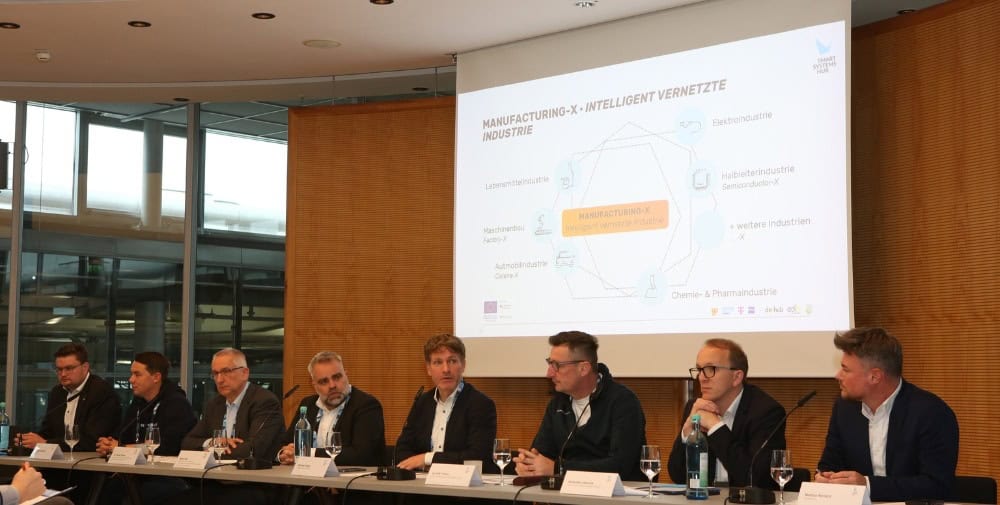
Convincing the skeptics: making trustworthy AI the standard
The top trend in the Gartner study on the most important strategic technology trends for 2024 is AI TRiSM. The acronym stands for Trust, Risk, and Security Management.
These aspects are prioritized for good reason. In Forrester’s 2024 predictions study, analysts found that 50% of US and 43% of French adult online users who have heard of AI believe that generative AI is a threat to society. Nevertheless, these analysts stated that 60 percent of these skeptics will use and approve of generative AI – whether they are aware of it or not. They expect AI initiatives in organizations to increase productivity and creative problem solving by 50 percent, “driving customer-centric innovation and generating unique business value.”
The analysts at Gartner were even more optimistic, predicting that by 2026, companies that implement TRiSM controls in AI applications will increase the accuracy of their decision-making processes by eliminating 80 percent of erroneous and invalid information.
Some market leaders are heeding the skeptics’ objections and developing Large Language Models (LLMs) that are trained with trusted data. For example, Jürgen Müller, Chief Technology Officer and member of the Executive Board of SAP SE, explained in a recent Q&A session how SAP Business AI is relevant, reliable and responsible. He said that users are developing AI use cases in the context of their organization’s real business processes and integrating them into their daily SAP systems. These use cases are based on the most advanced ethical and privacy standards. They are based on an understanding of both the business data and its importance within the business process.
The analysts at IDC expect that by 2026, 70 percent of cloud and software platform providers will offer packages for the security and governance of generative AI with their primary services as a bundle, thus reducing risk scenarios to a third. According to Gartner, by next year, most countries will have regulations in place for the use of AI technology that is explainable and contains embedded controls against bias reinforcement.
Chip shortages force companies to focus on ROI
American companies have invested $166 billion in semiconductors and electronics since the passage of the CHIPS and Science Act of 2022. Still, bolstering chip manufacturing, R&D and employee training to deliver on the promise of generative AI will be a Herculean task. Forrester analysts expect companies to take a pragmatic approach to AI, “focused on availability, silicon economics and sustainability”. According to their predictions, AI processing “will reach its limits in 2024”, so companies will need to prioritize applications with the clearest ROI.
More intelligent and secure AI-powered customer experience
By 2027, IDC predicts that digital assistants based on generative AI will be the user interface for 25 percent of interactions with enterprise software, including software development. This percentage will be higher for employees involved in customer interaction.
The potential of the customer experience is barely being exploited. Forrester found that 71 percent of organizations have invested in a chatbot, but only 16 percent of online adults in the U.S. use chatbots frequently to get assistance. In the study with predictions for 2024, Forrester analysts acknowledged that developing an effective chatbot is difficult. Developers need expertise in creating customer experiences based on conversational AI.
Companies have to navigate numerous risks in terms of data protection and compliance. In the near future, Forrester experts predict that an app using ChatGPT will be fined for its handling of personal information.
According to Gartner, synthetic data will reduce the collection of personal customer data, eliminating 70 percent of data breach penalties by 2025.
Generative AI is reshaping the employee experience
As with any disruptive development in society, people will need to adapt to generative AI and acquire new skills to reap its benefits. IDC analysts forecast that by 2027, accelerated by the introduction of generative AI, 40 percent of the jobs that exist today in Global 2000 companies will be redefined or eliminated. They point out that if skills initiatives are underfunded compared to spending on products and services, 65 percent of companies will not be able to realize the full value potential of investments in AI and other technologies by 2026.
The experts from Gartner advised companies to enhance employee experiences with intelligent technology. The goal is to use these tools for insights and guided recommendations that “help employees accomplish things that would otherwise be impossible within existing time and cognitive constraints.”
Mitigating risks associated with generative AI also plays a role in employee performance. According to analysts at IDC, 60 percent of large enterprises are mandating formal training in data literacy and responsible AI to minimize new risks due to the widespread use of generative AI in the workforce.
Regardless of which augurs are right, investment in generative AI is reaching impressive heights. IDC predicts that global spending on AI solutions will rise to over USD 500 billion by 2027, while Gartner is upping the ante and expects to spend USD 3 quadrillion on AI by 2027. Getting a significant slice of this lucrative business requires trustworthy standards, employee retraining and a disciplined strategy that is seriously focused on realistic business outcomes.
– – – – – –
Further links
👉 www.sap.com
Photo: pixabay




